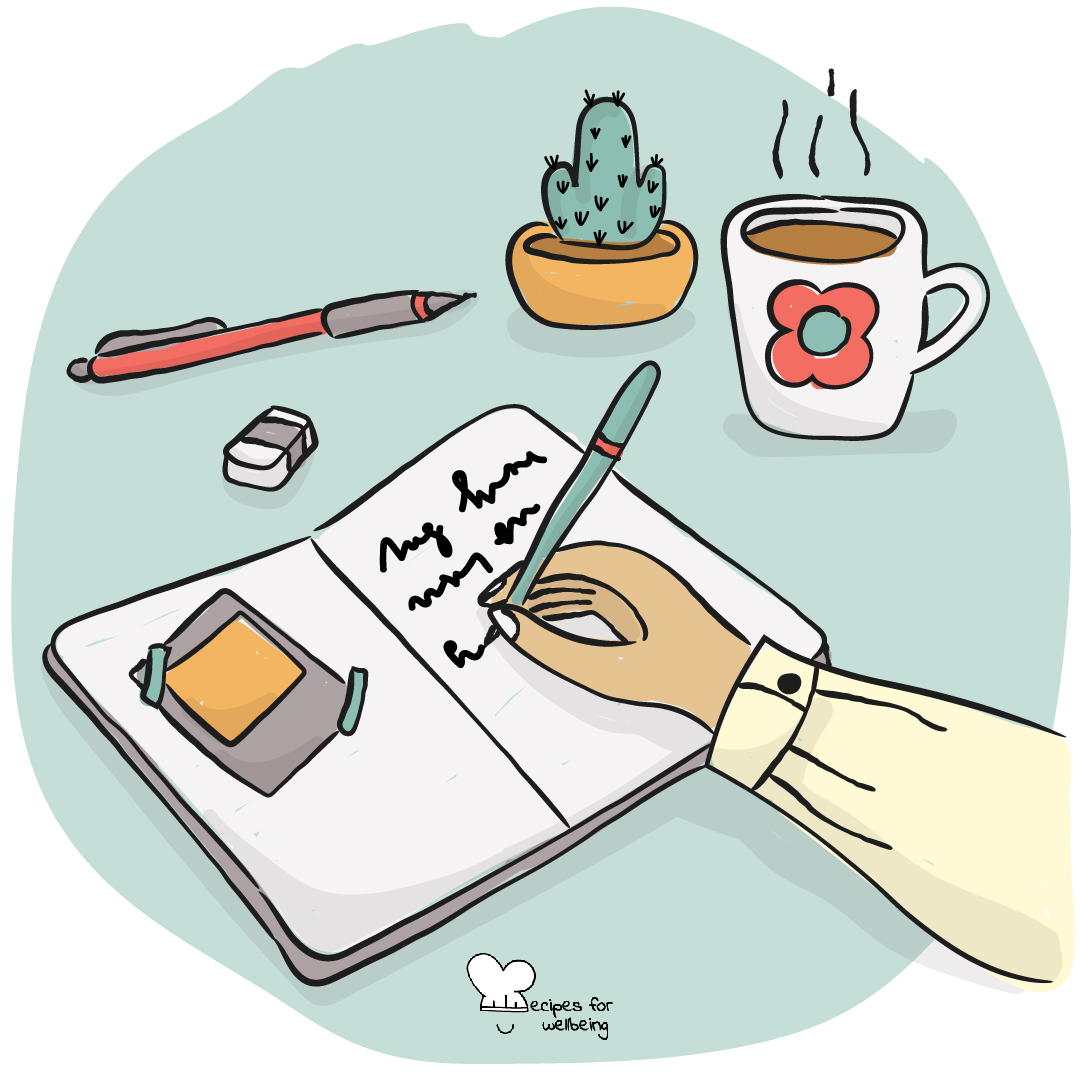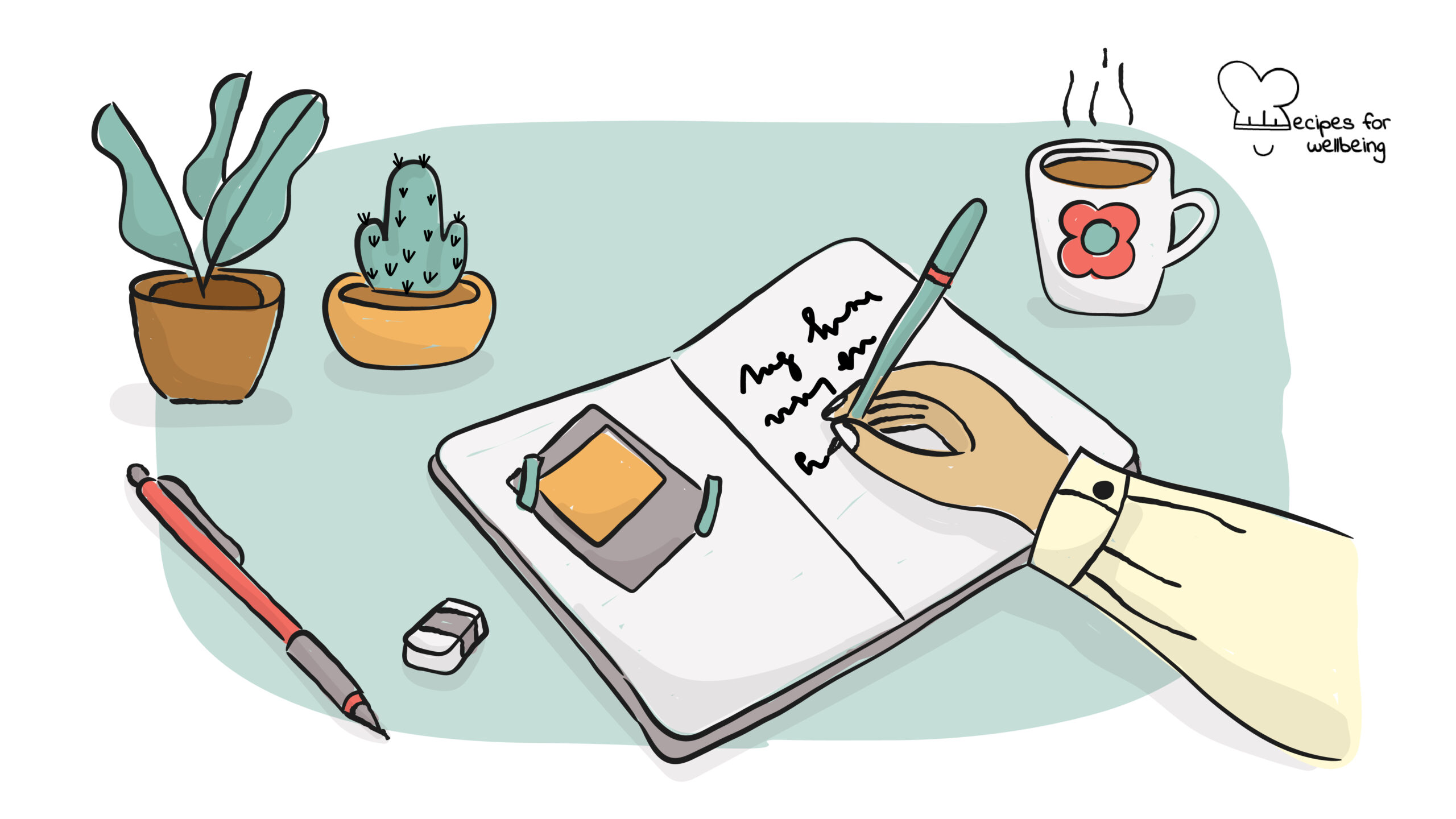
Belief change process
The true value of a human being is determined by the extent to which he or she is free of the self. ―Albert Einstein
👥 Serves: 1 person
🎚 Difficulty: Hard
⏳ Total time: 31-60 minutes
🥣 Ingredients: A quiet place with no distractions, 1 notebook, 1 pen, “Spiritual Intelligence in Leadership” book by Sarah Alexander (if you’re curious to find out more about it!)
🤓 Wholebeing Domains: Accomplishments, Awareness, Positive Emotion
💪 Wholebeing Skills: Affirmation, Contentment, Humility, Non-judgement, Ordinariness, Reflection, Reframing, Self-awareness

Belief change process
📝 Description
A deep change process to move beyond limiting beliefs.
Many changemakers, especially those leading changemaking organisations, often struggle with two limiting beliefs: a lack of value and a lack of worth. The Imposter Syndrome, identified by psychologists Pauline Clance and Suzanne Imes in 1978, explains that feelings of unworthiness and inadequacy prevent you from internalising – and savouring – your accomplishments, experiencing instead an unfilled need to achieve more and more. Do you ever act as follows?
- I do not want to talk about myself or my life as I feel it is never good enough or interesting enough.
- I am very focused on the needs of others, making their needs, wants, and desires really important at the expense of my own.
- I find it hard to say ‘no’ and set boundaries with people and honour how I feel internally.
-
I can become the martyr, feeling that everything is up to me and nobody ever helps me.
It is important that you learn to recognise the unconscious beliefs that shape your perception of the world because they “guide [y]our choices, [y]our habits, [y]our actions and [y]our patterns of behaviour,” as author Sarah Alexander explores in their book Spiritual Intelligence in Leadership. The following has been adapted from the book, which explores how to lead change in the world. We need to first connect to our inner leader and harness the power of our intuitive wisdom to guide our own lives. She encourages a change in the way we attend to the world. To connect to our innate spiritual intelligence, we must shift away from being managers and tap into a higher consciousness that can awaken the leaders within us.
The following meditation practice consists in a deep process to become aware of your feelings of unworthiness and inadequacy – your limiting ‘self-image’ – and come to a place where you can feel enough and whole. It’s best to choose a quiet room where you won’t be disturbed. You may want to light a candle, put on some relaxing music or close the curtains so that the room is slightly darkened.
👣 Steps
Step 1 – Preparation (1’)
Sit comfortably in a relaxed and upright position. Take three or more deep breaths to centre and ground yourself and allow yourself to come into the prevent moment. If you feel you can, close your eyes so you become more aware of your inner world of thoughts and feelings.
Step 2 – Focus (4’)
Place the whole issue, be it the belief in your unworthiness or the self-image of being valueless that you wish to release, into the hands of the universal life energy that runs through the cosmos.
Ask that all of the consciousness that surrounds this issue, the thinking, attitudes, mindsets and the beliefs, programming and conditioning, be completely purified, transmuted and transformed from its root cause forward in time.
Ask for a total change of perception, a shift from the lower perception of your unworthiness and valuelessness to the higher perception of your true worth and value.
Step 3 – Opening (10’)
From here, sense yourself opening your mind and allowing yourself to be gently guided to the release of this old thinking.
To do this, think about a time when you felt unworthy, inadequate or of little value. Notice the thoughts that you were thinking at the tie and how you actually felt emotionally. From here, notice the corresponding feelings in your body and where in your body you specifically feel them.
Clearly identify the place where you experience this feeling of unworthiness and notice exactly what size it is, what colour it is and what sensations go with it. Notice also exactly what feelings might be contained within it. Give yourself time to find out what other feelings may be there too, such as fear, anxiety, shame, guilt, sadness, frustration, anger, and accept whatever you sense.
As you observe the energy of this thinking in the body, when you feel you can, take your mind inside that area of emotional energy. Gently enter this place and see what is in there. There may be darkness to begin with and yet gradually your eyes will get accustomed to the darkness and you will be able to see what is there.
In this place you may see a symbol of this fearful thinking or you may see a much younger you. You may have to travel deeper into the space until you find this symbol or younger you but one will gradually appear if you are patient. What both this symbol and younger you need is your love, reassurance and focused attention. You, the adult self, can telepathically send these emotions into what you are experiencing energetically. Take time to do this, for this step is very important to gain the trust of that part of you, which you are observing within.
Step 4 – Recognise (2’)
Find out what that part of you feels or needs from you to feel more whole. When it feels right, find out the “I am” belief that it is wrongly holding and believing about itself, in other words about you.
You may also be able to sense from this what this younger part of you believes about how others relate to you. You can do this through gently asking it what it thinks and feels about others or intuit those answers. The “I am” statement is the key though, and recognising that is always the starting point.
Step 5 – Knowing (5’)
When you have got as much information as you can, either from the symbolic part of you or from your much younger self, spend time giving it what it needs.
Having done that, it is time to gently let it go and return to your breath and to your adult, True Self.
This means taking your awareness all the way down into your core or centre, between your hips, and finding that place of core energy there. This place of energy, also known as the “lower dantien” or “centre”, is where you sense your core energy and your connection to the power of Source. It is the place of the leader deep within that knows that this thinking you have just uncovered from your younger self is not the truth of who you are. It knows that as your True Self there are inner knowings that accompany it, such as “I am truly worthy”, “Who I am is of great value”, “My worthiness is inherent in who I truly am”, “My value as my True Self is unquestionable”. Allow your thinking to fully anchor into the knowledge that feels right to you.
Allow the energy of this knowing to spread into the area where you first felt the discomfort of the old beliefs in your body. Affirm this truth into the area and allow that younger part of you to totally embrace it and absorb it into your psyche. It is worth affirming it with much more care and mindfulness, so that you and your younger self embrace it as an inner knowing.
Step 6 – Return (3’)
Allow yourself to return to your breath absolutely anchored into this knowing, affirming it deeply.
Come back into the room gradually and open your eyes when you are ready. Perhaps have a drink of water or a cup of tea to bring you out of the meditation and healing process, unless you sense it would be valuable to just sit in quietness for a while longer.
Step 7 – Journal (10’)
When you are present and complete with the process, jot down in your journal any insights you have. Include the new knowing that you hold about yourself that is in complete alignment with your True Self.

